

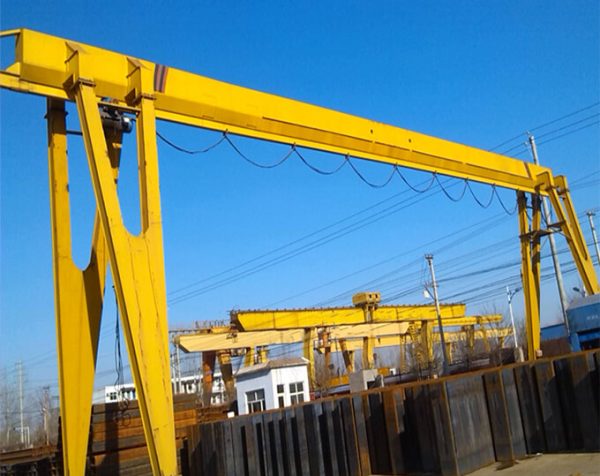

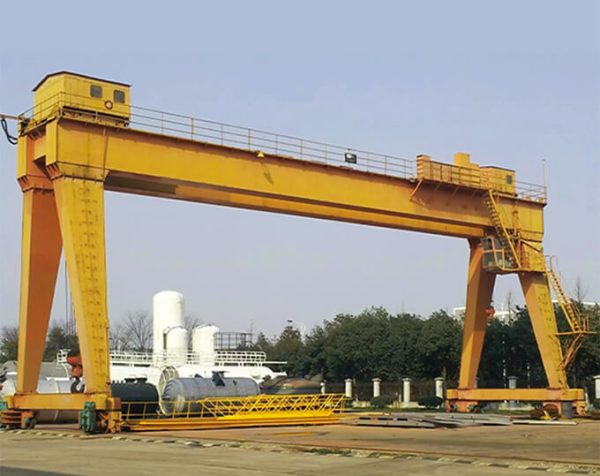
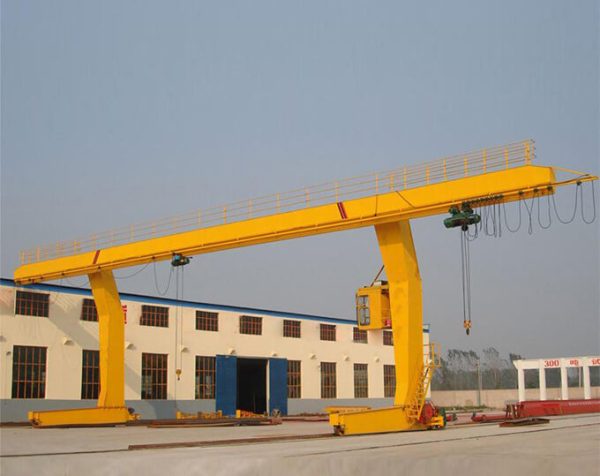
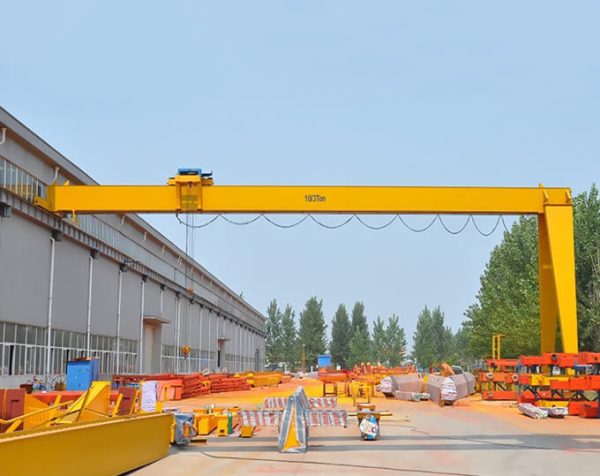
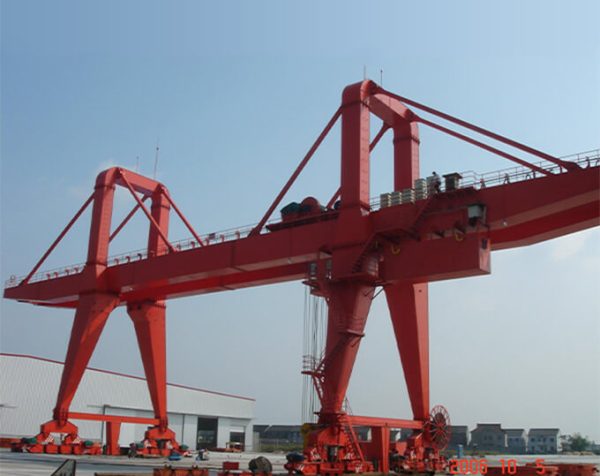
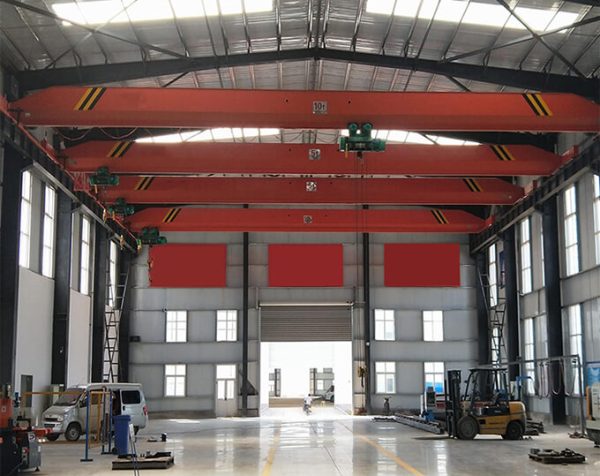
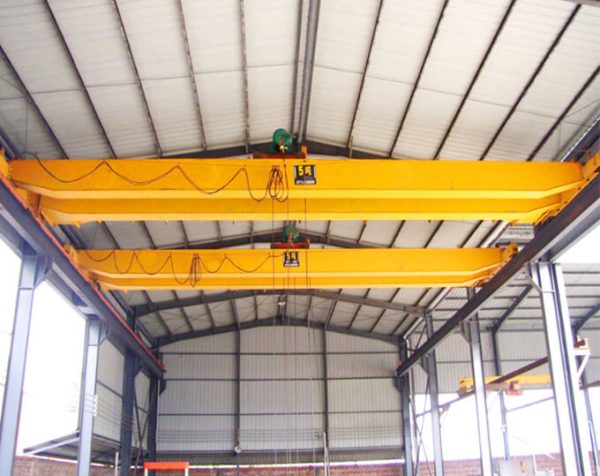
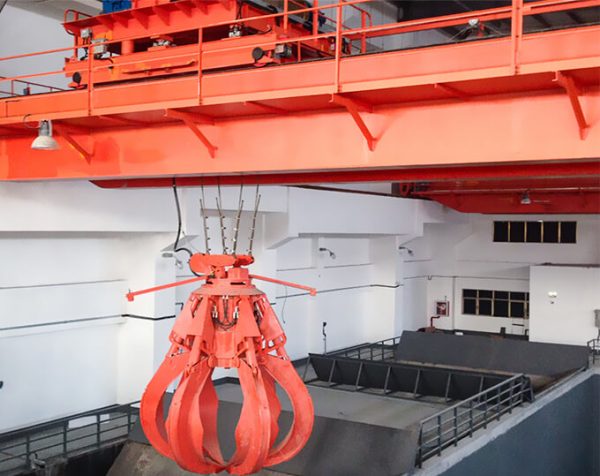
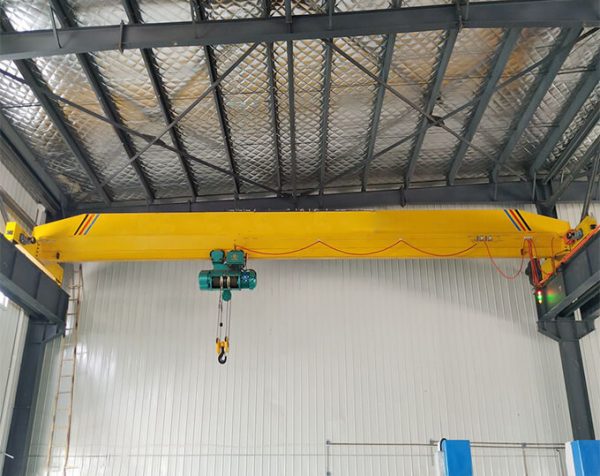
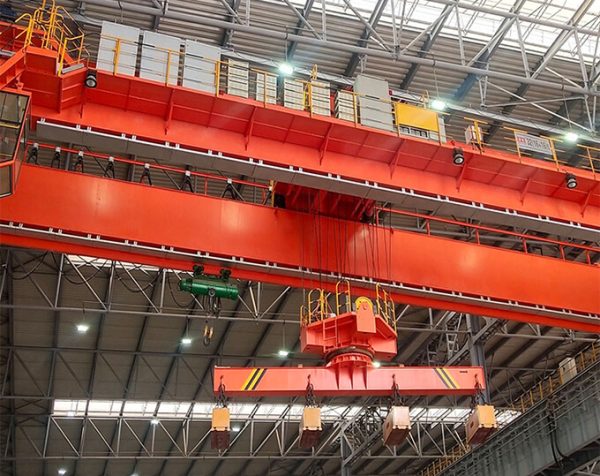
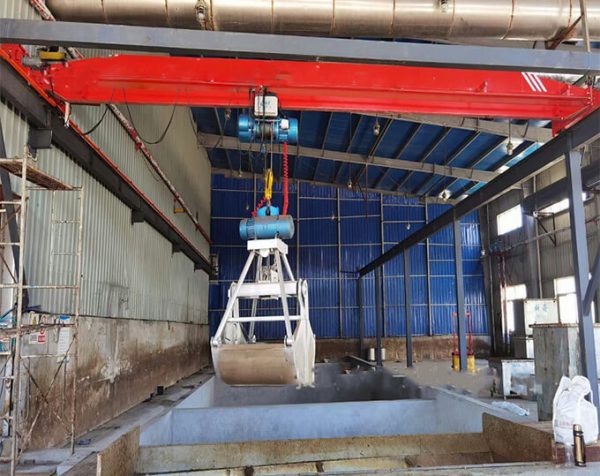
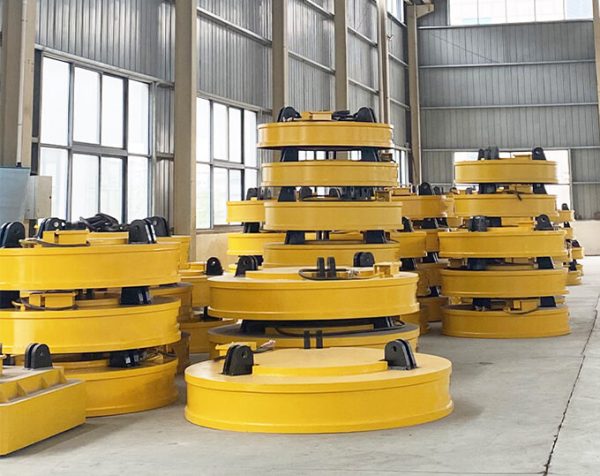
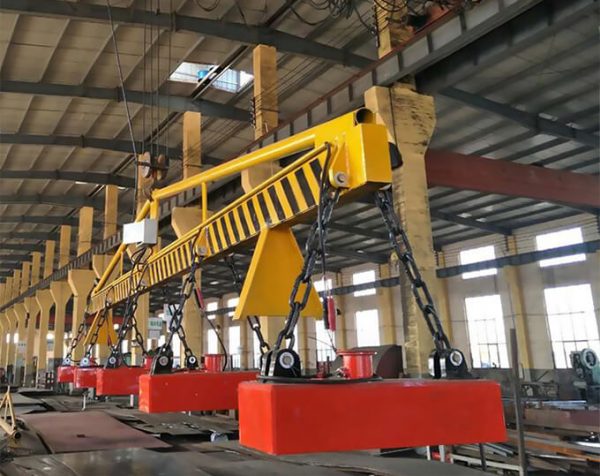
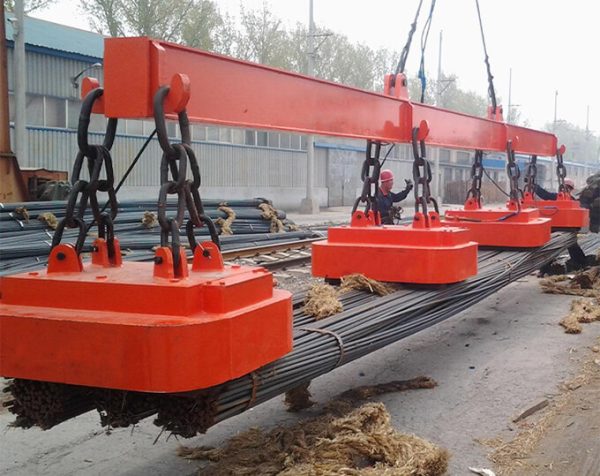
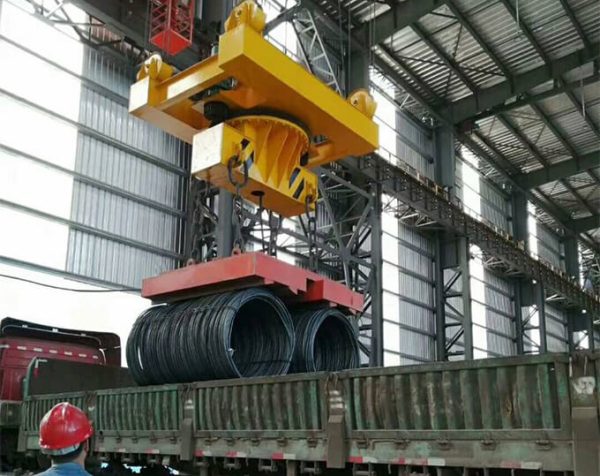
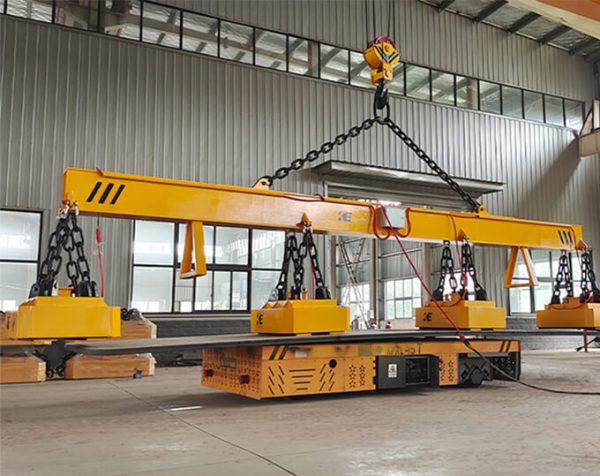
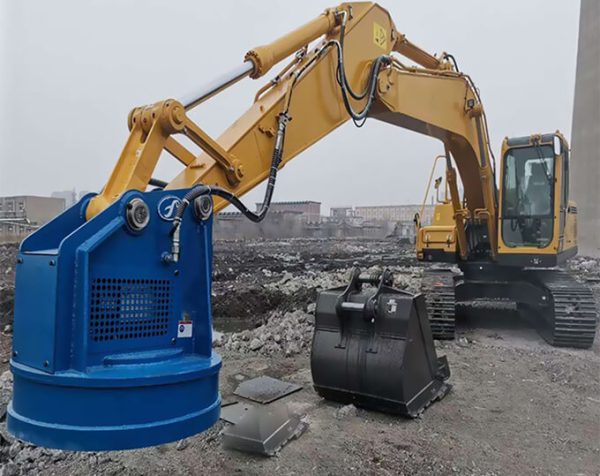
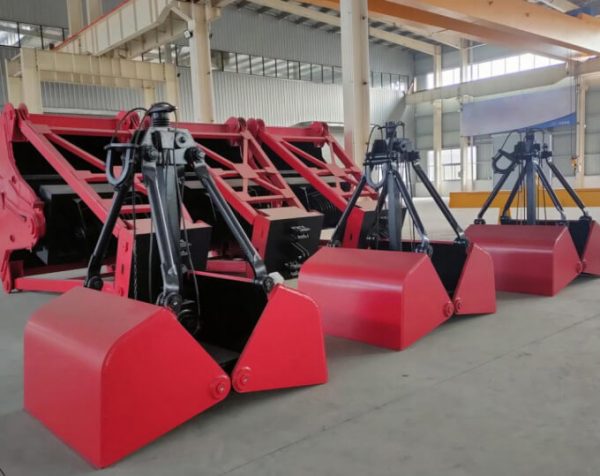
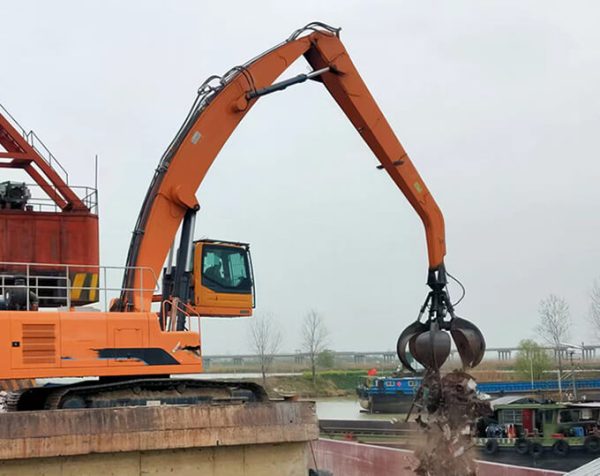
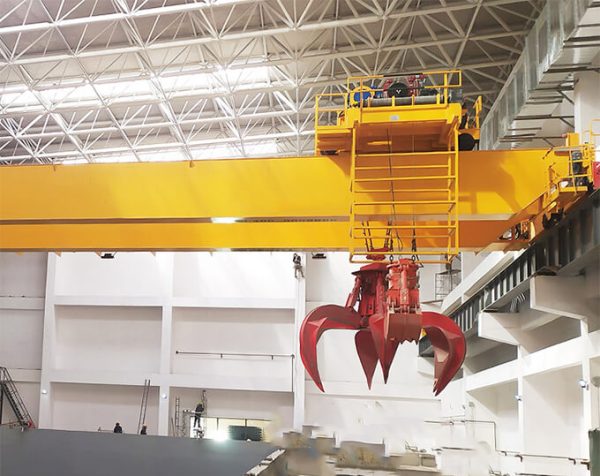
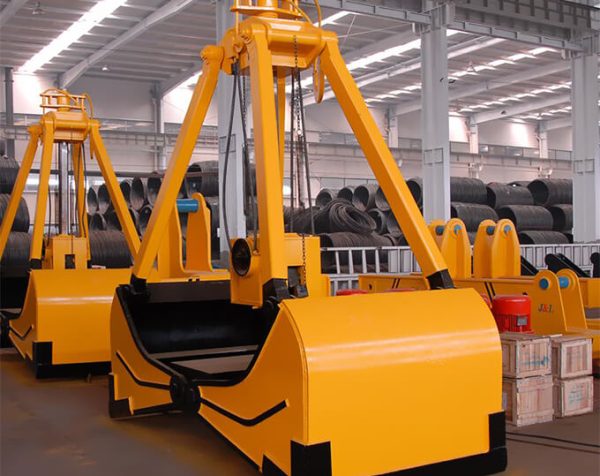
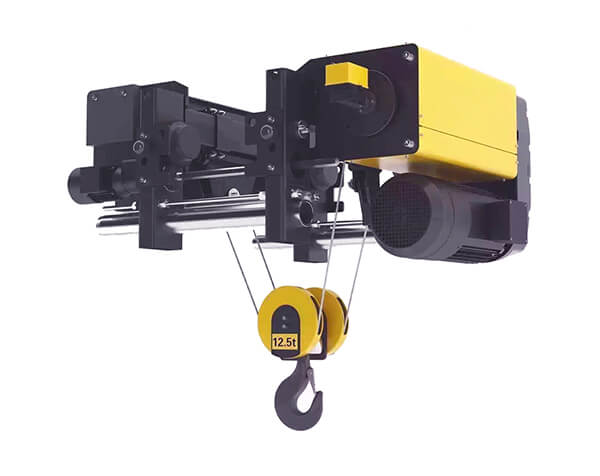
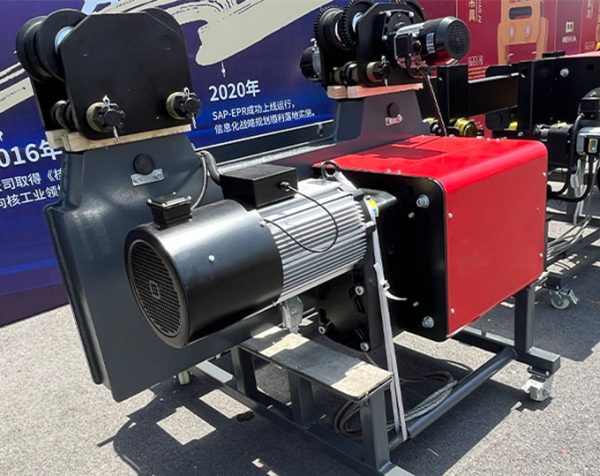
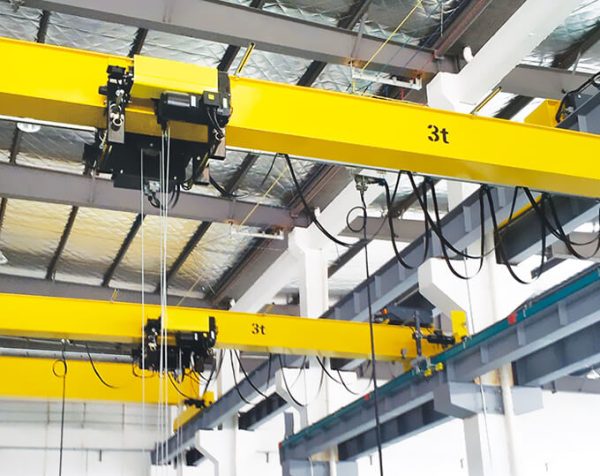
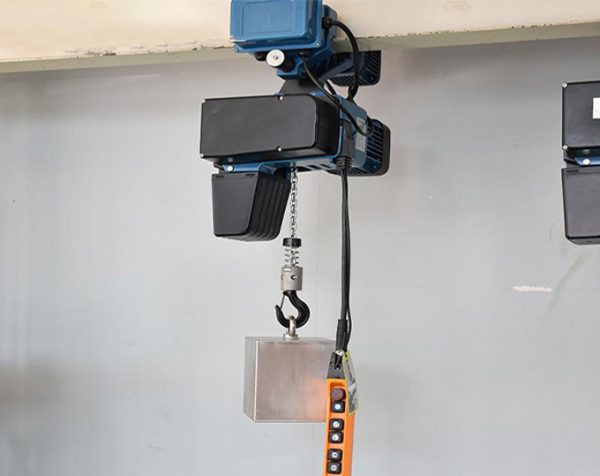
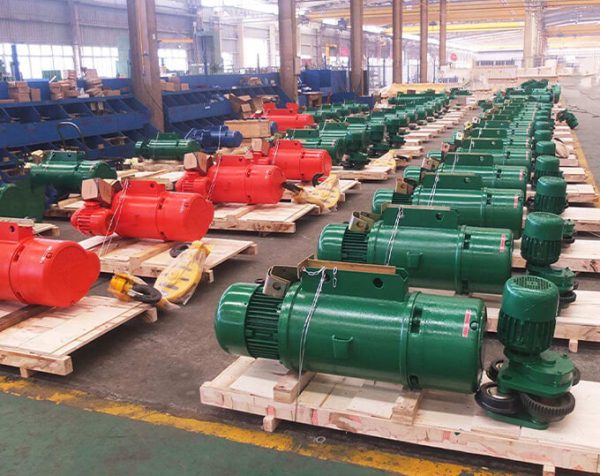
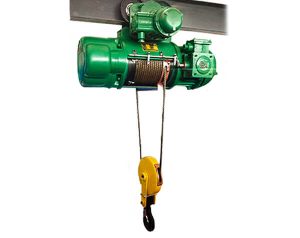
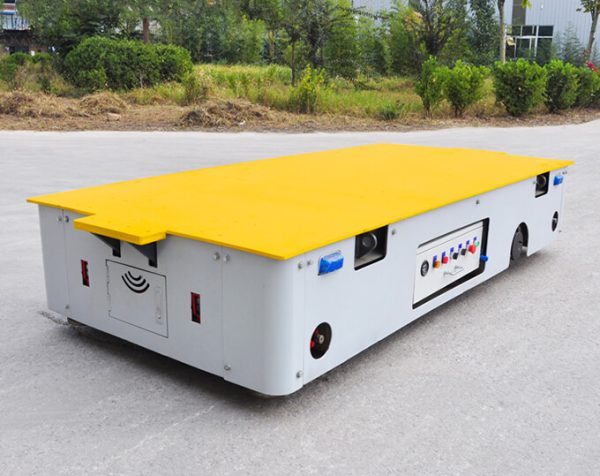
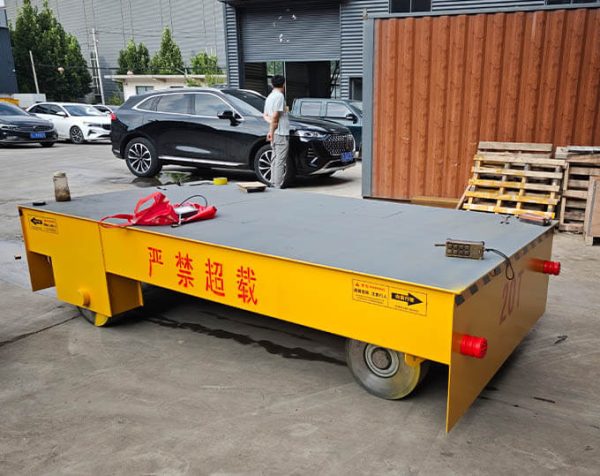
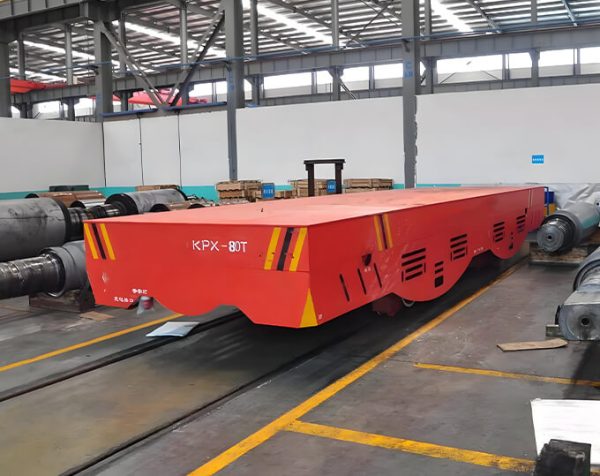
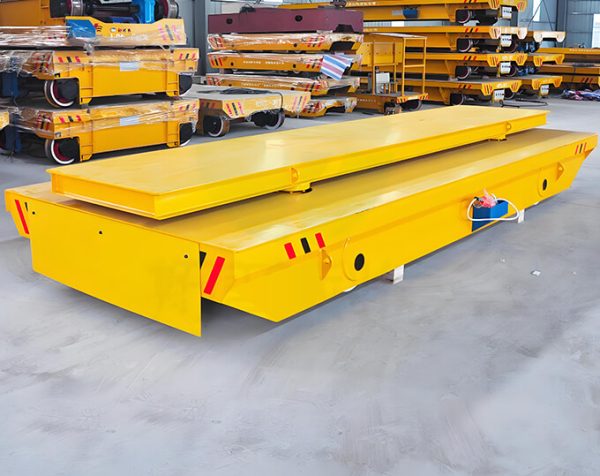
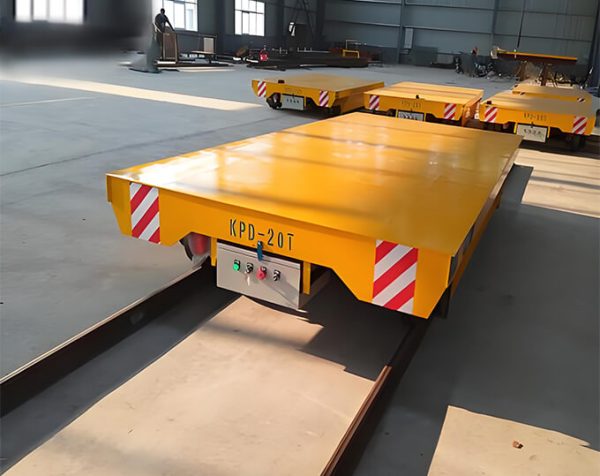



































The development history of cranes can be traced back to ancient civilizations. The earliest cranes can be traced back to ancient Egypt, where they used simple rope and pulley systems for construction and transportation work. The ancient Greeks also used similar techniques for construction and sculpting. With the rise of the Roman Empire, they further improved crane technology, employing more complex pulley systems and ropes to tackle larger construction projects.
With the advent of the Industrial Revolution, the development of cranes entered a new stage. From the late 18th to early 19th century, the application of steam power significantly increased the lifting capacity of cranes. Steam cranes became the main equipment on construction sites and ports during the Industrial Revolution, greatly enhancing the efficiency of engineering construction and logistics.
In the early 20th century, with the development of electric power technology, electric cranes gradually replaced steam cranes as the mainstream. Electric cranes offer higher efficiency and precision, catering to various lifting requirements. With the application of computer technology, intelligent cranes emerged, enabling remote control and automation, significantly improving the safety and efficiency of lifting operations.
In recent years, with the continuous advancement of engineering machinery technology, the development of cranes has entered a new stage. Modern cranes have significantly improved lifting capacity, working range, energy efficiency, and safety. For instance, new types of hydraulic cranes and pneumatic cranes have emerged, offering higher efficiency and precision. Additionally, intelligent cranes have become a new trend, enabling remote monitoring and automation through sensors and wireless communication technology, greatly enhancing the efficiency and safety of lifting operations.
In conclusion, the development of cranes is a continuous process of innovation and progress. With ongoing technological advancements, cranes will become more intelligent, efficient, and safe, providing more convenient and reliable services for human production and life. Cranes have become indispensable equipment in various industries, widely used in construction, port logistics, factory production, and other fields, making significant contributions to the social development of humanity.
Scrap plants play an important role in the processing and recycling of waste materials, and choosing the right crane is key to ensuring efficient
A bridge crane, also known as an overhead crane, is a type of material handling equipment used for lifting and moving heavy loads in various industrial settings.
Enhanced Load Capacity: KE Crane has increased the load capacity of its bridge cranes to handle the heavy and irregularly shaped materials commonly found in scrapyards.

